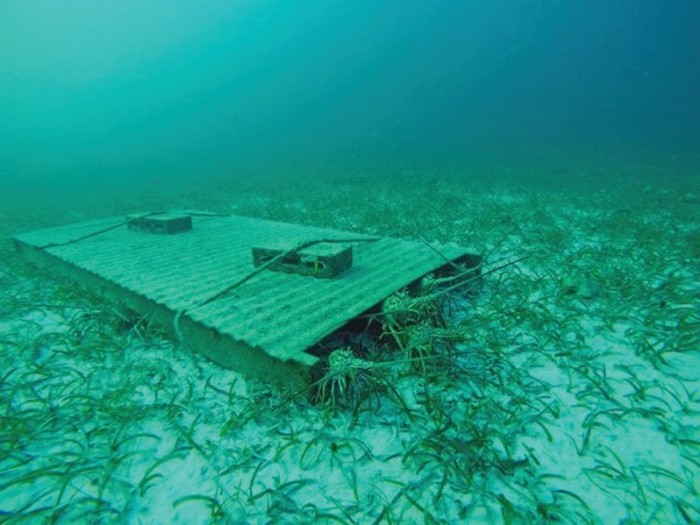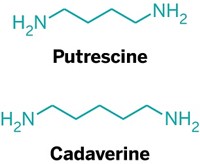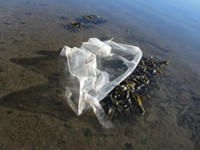Advertisement
Grab your lab coat. Let's get started
Welcome!
Welcome!
Create an account below to get 6 C&EN articles per month, receive newsletters and more - all free.
It seems this is your first time logging in online. Please enter the following information to continue.
As an ACS member you automatically get access to this site. All we need is few more details to create your reading experience.
Not you? Sign in with a different account.
Not you? Sign in with a different account.
ERROR 1
ERROR 1
ERROR 2
ERROR 2
ERROR 2
ERROR 2
ERROR 2
Password and Confirm password must match.
If you have an ACS member number, please enter it here so we can link this account to your membership. (optional)
ERROR 2
ACS values your privacy. By submitting your information, you are gaining access to C&EN and subscribing to our weekly newsletter. We use the information you provide to make your reading experience better, and we will never sell your data to third party members.
Biochemistry
Mysterious jellyfish diet gets a fresh look
Using biochemical tools, scientists find that jellyfish are more than just floating bags of water
by Emily Harwitz
October 24, 2021
| A version of this story appeared in
Volume 99, Issue 39

Jellyfish have been drifting around the planet for more than 500 million years, yet relatively little is known about their lifestyles. Now, scientists at the University of British Columbia’s Institute for the Oceans and Fisheries are using biochemical tools to unravel a key part of the jellyfish mystery: their diet (J. Exp. Mar. Biol. Ecol. 2021, DOI: 10.1016/j.jembe.2021.151631). Scientists frequently use the unique stable isotope and fatty acid signatures present in living things to investigate what predators eat. To calibrate these values for jellyfish, the team, led by Jessica Schaub, performed controlled feeding experiments at the Vancouver Aquarium. Docile moon jellies were fed frozen krill, which they unexpectedly rejected, and live brine shrimp. Voracious Japanese sea nettle jellies were fed live brine shrimp and the moon jellies. After analyzing the isotope and fatty acid signatures, the researchers were surprised to find that jellyfish appear to biosynthesize their own essential omega-3 and omega-6 fatty acids, a feat which was previously unreported. These findings suggest that jellyfish are more than just floating bags of water, as conventionally thought, Schaub says. They may actually be nutritious, key players in the marine food web.
CORRECTION
This story was updated on Oct. 28, 2021, to correct the description of the experiments. The brine shrimp were live, not frozen. The krill were frozen, not live. And the moon jellies rejected the krill, not the brine shrimp.





Join the conversation
Contact the reporter
Submit a Letter to the Editor for publication
Engage with us on Twitter